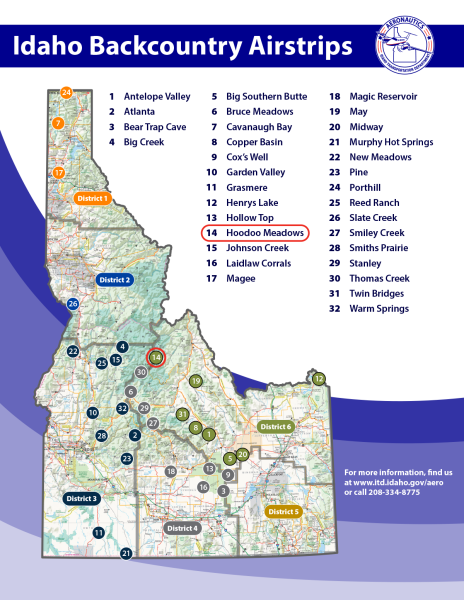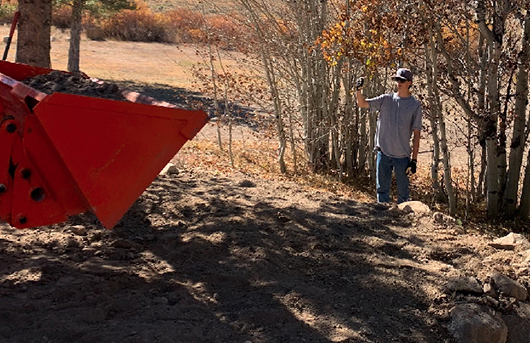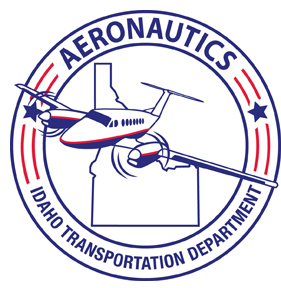Governor’s “Leading Idaho” funds Nezperce Airport runway widening

Earlier in August, $357,340 in Leading Idaho funds created runway widening improvements at the Nezperce Airport in north-central Idaho. The runway was widened from 30 feet to 50 feet, addressing a width deficiency identified in the 2003 planning study, while also providing a strong, smooth pavement surface that should last 20 years.
Three agricultural crop spraying businesses currently operate out of Nezperce Airport and this project will provide a sound runway for them to continue, while also providing future aviation growth opportunities. The runway widening and overlay will improve safety for the flying public operating out of the facility.
“Governor Little’s Leading Idaho initiative has provided the Division of Aeronautics the opportunity to provide funding for worthy aviation projects that may have never been accomplished due to funding shortfalls,” Division of Aeronautics’ Jennifer Schildgen said.
“This project is a great example of how the aviation community is working together to provide the safest aviation system possible. The city of Nezperce has waited 17 years for this project and it is a great honor to have been a part of it.”
As part of Governor Little’s “Leading Idaho” initiative, the 2021 Idaho Legislature dedicated $126 million of one-time funds from Idaho’s budget surplus to transportation projects statewide. The funds were split 60/40 between ITD and local jurisdictions. Construction on this project is paid for with ITD’s portion of the funds that will accelerate projects to replace bridges, restore pavements, and improve mobility in communities across Idaho.






























